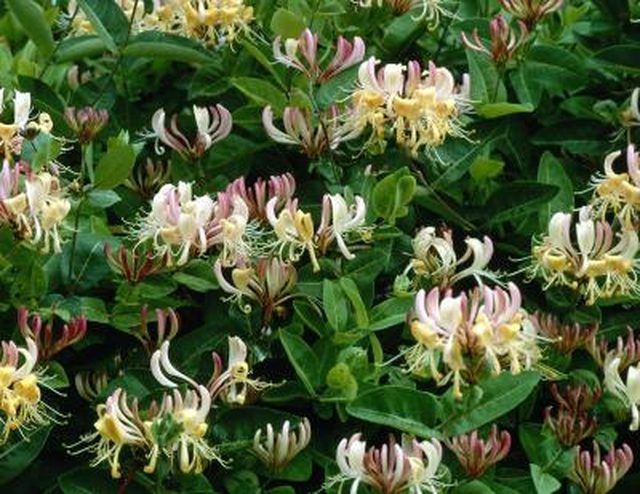Bulbs
Flower Basics
Flower Beds & Specialty Gardens
Flower Garden
Garden Furniture
Garden Gnomes
Garden Seeds
Garden Sheds
Garden Statues
Garden Tools & Supplies
Gardening Basics
Green & Organic
Groundcovers & Vines
Growing Annuals
Growing Basil
Growing Beans
Growing Berries
Growing Blueberries
Growing Cactus
Growing Corn
Growing Cotton
Growing Edibles
Growing Flowers
Growing Garlic
Growing Grapes
Growing Grass
Growing Herbs
Growing Jasmine
Growing Mint
Growing Mushrooms
Orchids
Growing Peanuts
Growing Perennials
Growing Plants
Growing Rosemary
Growing Roses
Growing Strawberries
Growing Sunflowers
Growing Thyme
Growing Tomatoes
Growing Tulips
Growing Vegetables
Herb Basics
Herb Garden
Indoor Growing
Landscaping Basics
Landscaping Patios
Landscaping Plants
Landscaping Shrubs
Landscaping Trees
Landscaping Walks & Pathways
Lawn Basics
Lawn Maintenance
Lawn Mowers
Lawn Ornaments
Lawn Planting
Lawn Tools
Outdoor Growing
Overall Landscape Planning
Pests, Weeds & Problems
Plant Basics
Rock Garden
Rose Garden
Shrubs
Soil
Specialty Gardens
Trees
Vegetable Garden
Yard Maintenance
About Coral Honeysuckle
About Coral Honeysuckle. The coral honeysuckle vine, scientific name Lonicera sempervirens and also called the trumpet honeysuckle vine for its trumpet-shaped flowers, will climb up fences and other plants. It can create beautiful scenery and attract graceful wildlife to the yard.

The coral honeysuckle vine, scientific name Lonicera sempervirens and also called the trumpet honeysuckle vine for its trumpet-shaped flowers, will climb up fences and other plants. It can create beautiful scenery and attract graceful wildlife to the yard.
Plant Description
The coral honeysuckle vine will grow upward, climbing anything near it, 3 to 25 feet high. The honeysuckle attaches itself to objects by twining young vines around them. Trumpet-shaped flowers will bloom in spring, fall and during warm winters. Blooms come in coral, red and yellow. In early fall, red or black berries will ripen.
Planting Locations
Coral honeysuckle needs full sun to partial shade to thrive and prefers moist soil. The vine can adapt to different soil types and will withstand drought-like conditions. It will need support of some kind to climb as it grows.
Plant Advantages
Coral honeysuckle vines, like many types of honeysuckle, will attract hummingbirds, butterflies and bees to its flowers. Other bird types and small mammals will be attracted to its berries in the fall.
Less aggressive than other honeysuckle vines, the coral honeysuckle will not need excessive pruning. The vine makes perfect screens when grown on trellises or lattice.